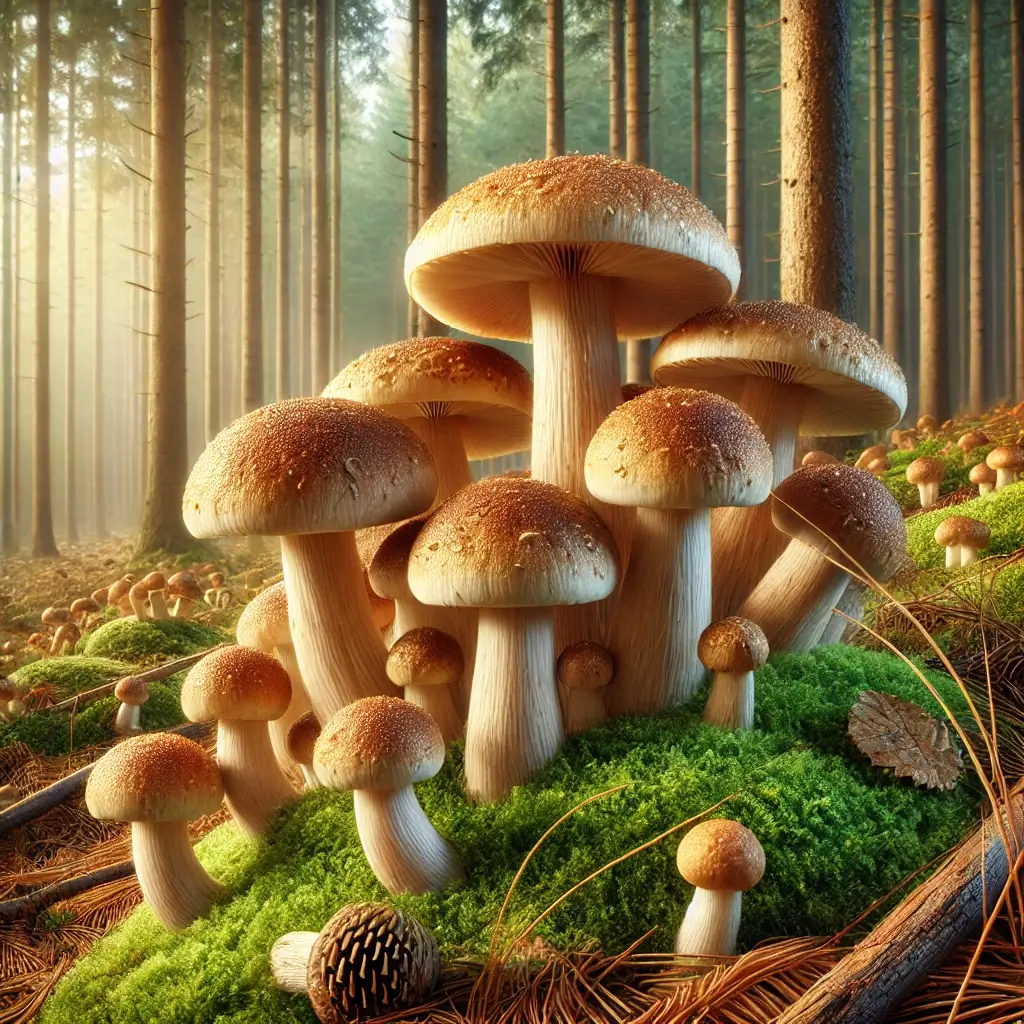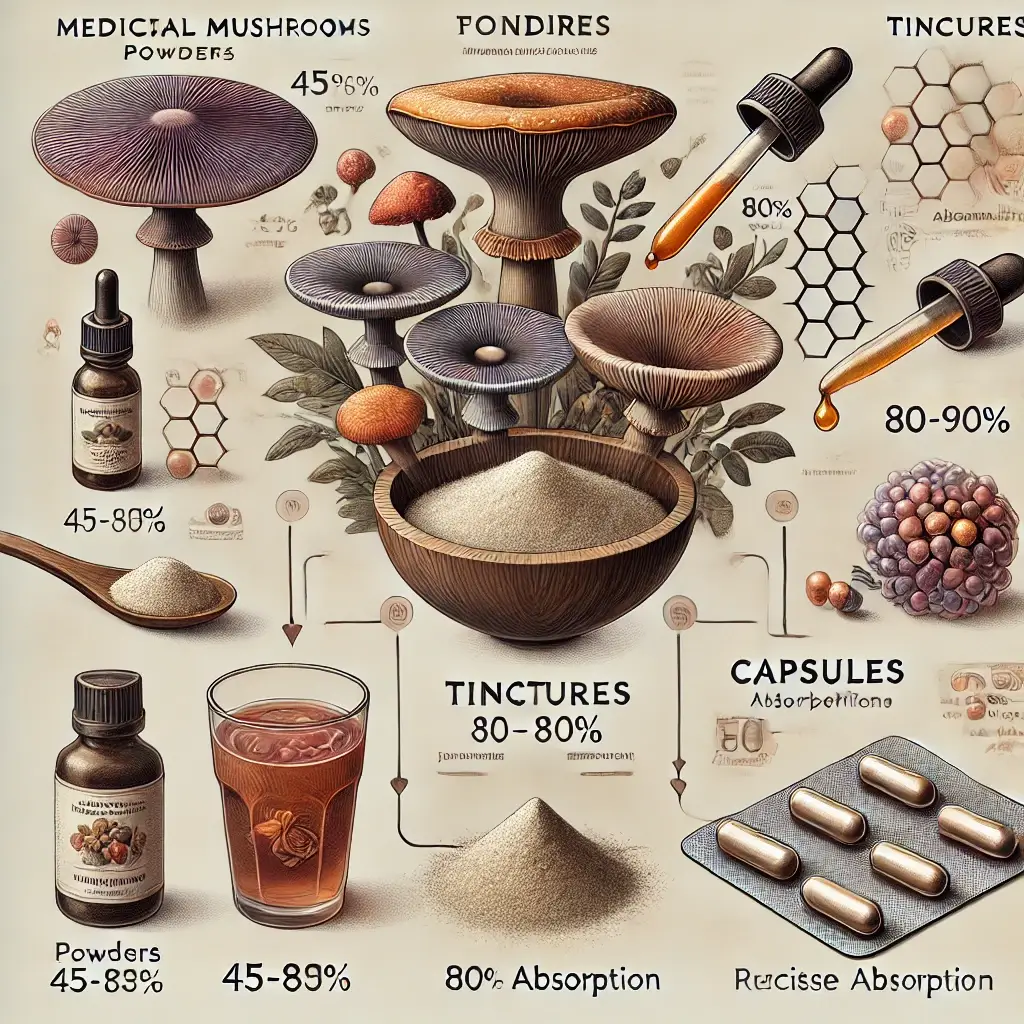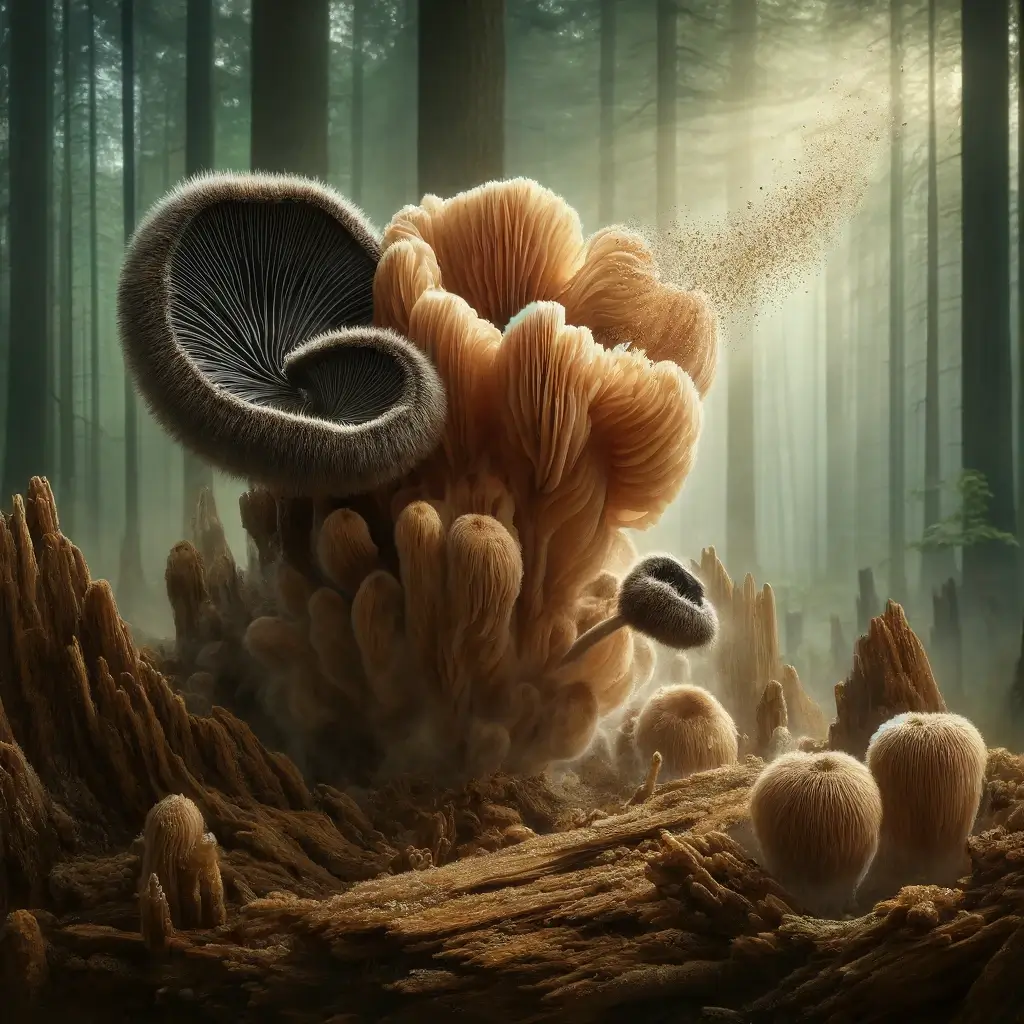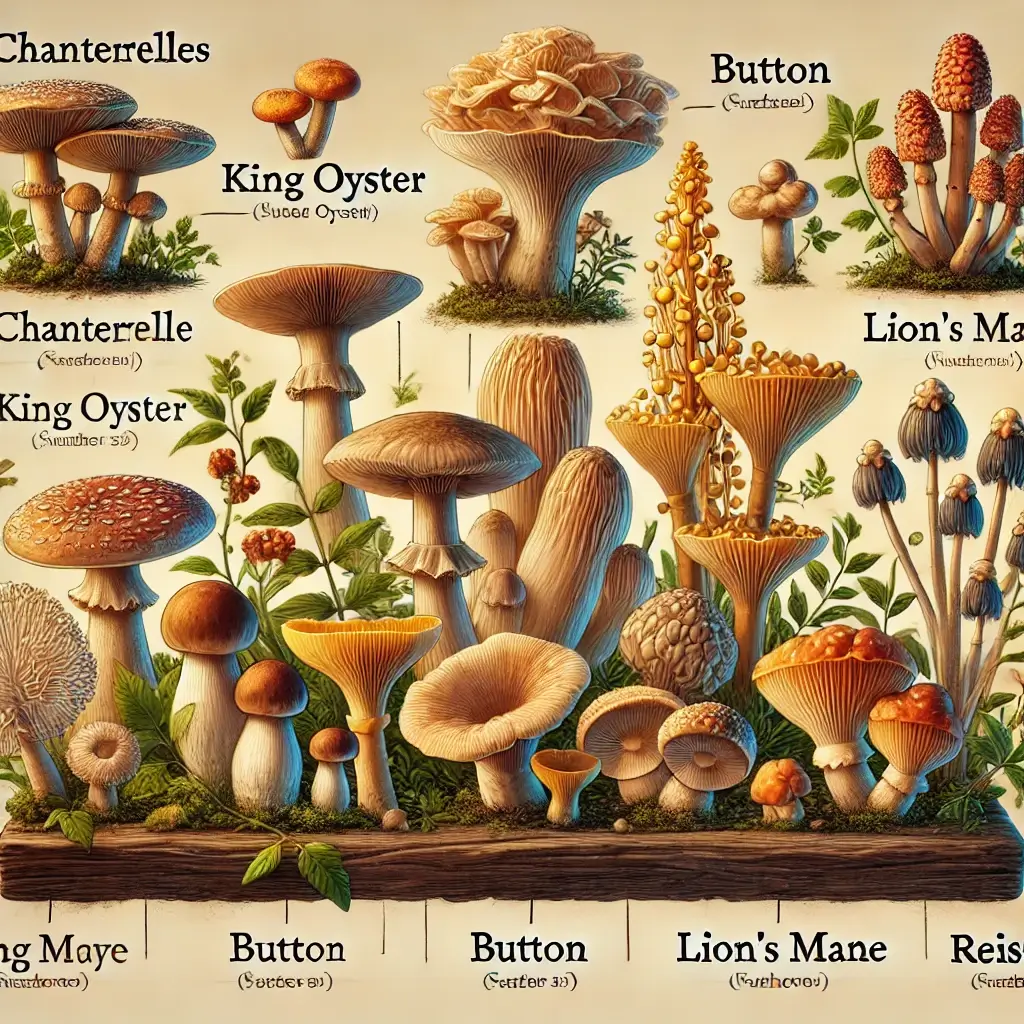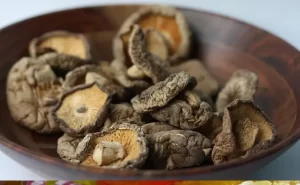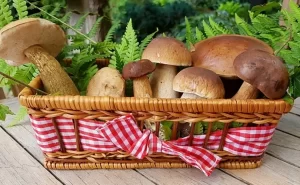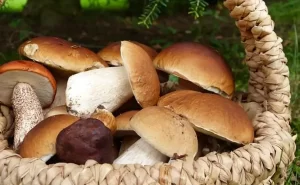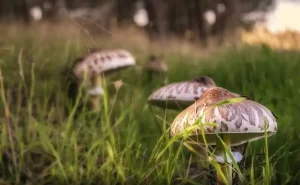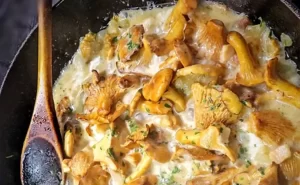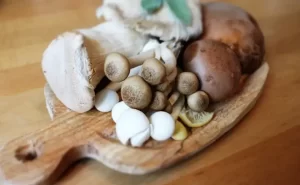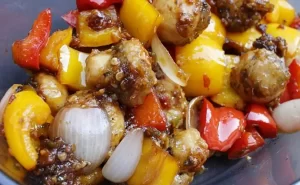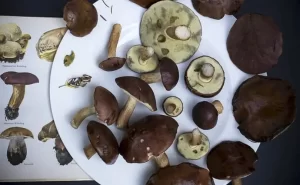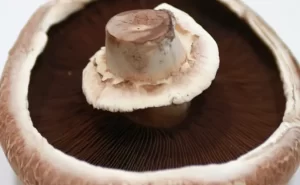Health Benefits and Culinary Uses of Matsutake Mushrooms: A Sustainable Foraging Perspective
Introduction to Matsutake Mushrooms
You can eat matsutake mushrooms, which are a type of wild mushroom native to East Asia, North America, and Europe. People love them because they smell strong and fragrant and taste delicious and earthy. Some of the most expensive Japanese foods, like sushi and seafood, use matsutake mushrooms.
References
- Smith, J. (2023). Wild Mushrooms of East Asia. Nature Press.
- Tanaka, H. (2022). “The Cultural Significance of Matsutake in Japanese Cuisine.” Journal of Asian Culinary Arts, 15(3), 78-92.
- Chen, L. & Park, S. (2021). “Symbiotic Relationships Between Fungi and Trees.” Forest Ecology Studies, 29(2), 112-125.
- Roberts, A. (2023). “Nutritional Profile and Health Benefits of Wild Mushrooms.” Nutrition Research Quarterly, 42(1), 45-57.
- Garcia, M. (2024). “Sustainable Harvesting Practices for Wild Mushrooms.” Environmental Conservation, 18(4), 203-218.
Where to Find Matsutake Mushrooms
You can find matsutake mushrooms in woods that are at least 20 years old. They grow in harmony with pine trees. It is hard to grow matsutake mushrooms, so most people get them from the wild. Because of this, they are a pretty pricey mushroom, but foodies and cooks all over the world really want them.
The Unique Growth of Matsutake Mushrooms
Many food lovers and cooks alike think that matsutake mushrooms are a real treat. These mushrooms are one of a kind because they grow together with pine trees. You can usually find them in woods that are at least 20 years old. Both the matsutake mushroom and the pine tree benefit from their relationship. The mushroom gives the tree nutrients it needs, and the tree gives the mushroom a perfect place to grow.
Rarity and Value of Matsutake Mushrooms
Matsutake mushrooms are very famous, but they are hard to grow, so most people get them from the wild. Because of this, they are a pretty pricey mushroom, but their unique taste and texture make it worth it. The strong, earthy smell and meaty texture of matsutake mushrooms make them a great addition to many recipes.
Cultural Significance in Asian Cuisine
People in Japan think of matsutake mushrooms as a treat and value them very highly. Foods from the past, like sukiyaki and chawanmushi, use them a lot. Newer foods, like rice and pasta, also use them. You can find matsutake mushrooms in Chinese and Korean food, usually in soups and stews.
Sustainability Concerns
Matsutake mushrooms are often over-harvested because they are so famous and in high demand. Fears about their long-term viability have led to attempts to grow them in a more long-term way. However, matsutake mushrooms picked in the wild are still the most sought-after and valuable type.
Health Benefits of Matsutake Mushrooms
You can get a lot of vitamins, minerals, and antioxidants from matsutake mushrooms. Also, they do not have many calories or fat. People know that matsutake mushrooms are good for you in many ways, such as:
Getting the defense system stronger
Taking away inflammation
Getting better heart health
Staying away from cancer
Taking care of mental health
Culinary Uses
There are many ways to enjoy matsutake mushrooms. You can eat them raw, cooked, or dried. You can cook, roast, or sauté fresh matsutake mushrooms a lot. In soup, stew, or rice, dried matsutake mushrooms work well.
Recommendation for Enjoyment
If you find matsutake mushrooms, you should really enjoy them. They are a one-of-a-kind and delicious way to eat.
Conclusion
Finally, matsutake mushrooms are a special and highly valued treat that is hard to grow and usually only found in the wild. Their strong, earthy smell and meaty texture make them great in a lot of different meals, but their success has made people worry about how long they can last. Even with these problems, matsutake mushrooms are still a favorite among cooks and food fans all over the world.
